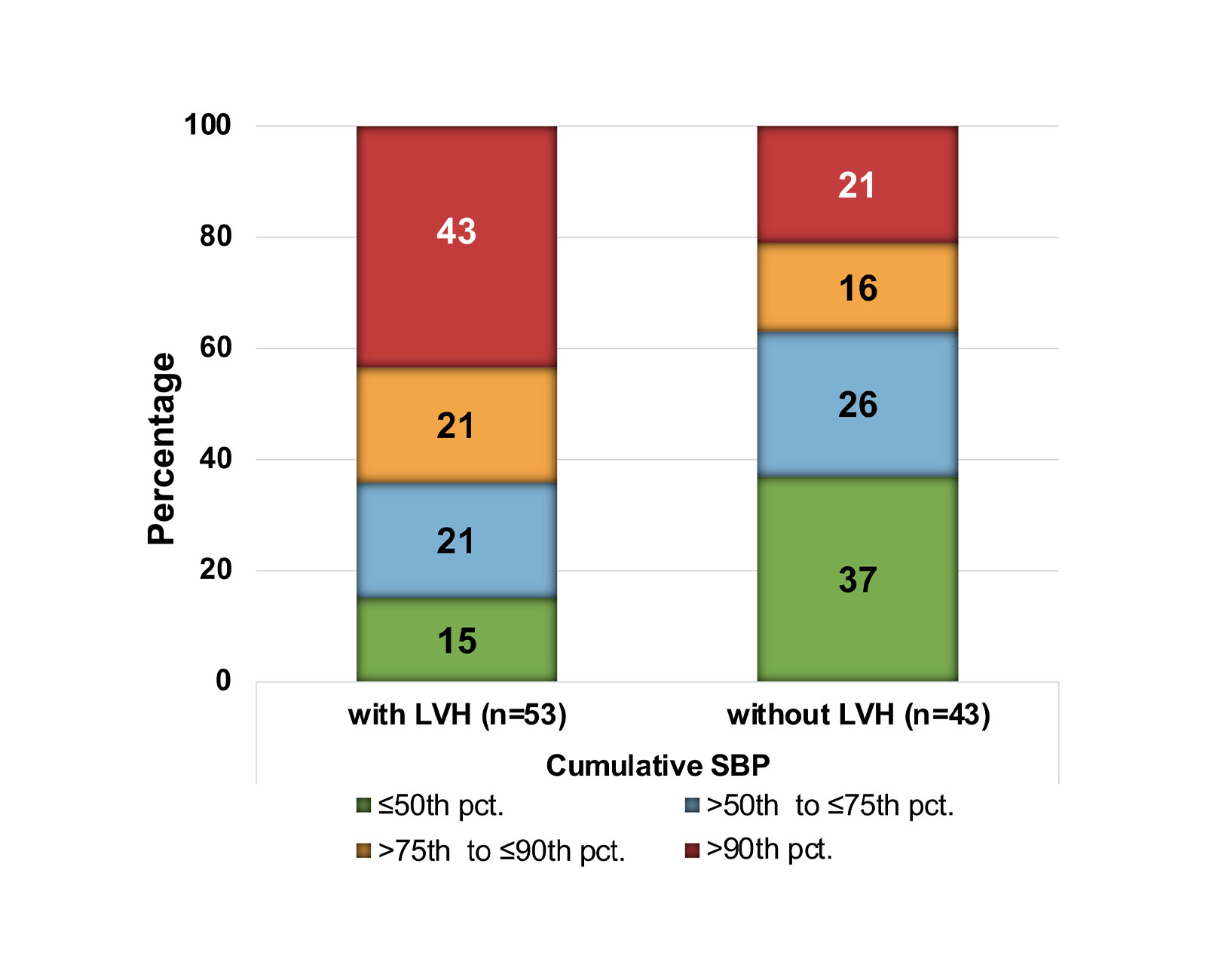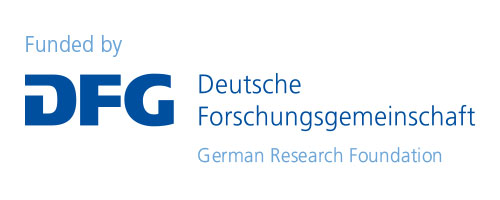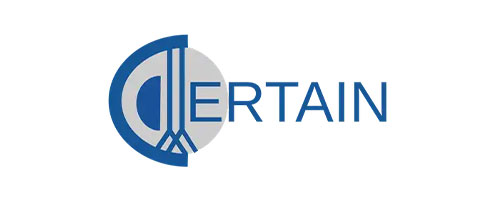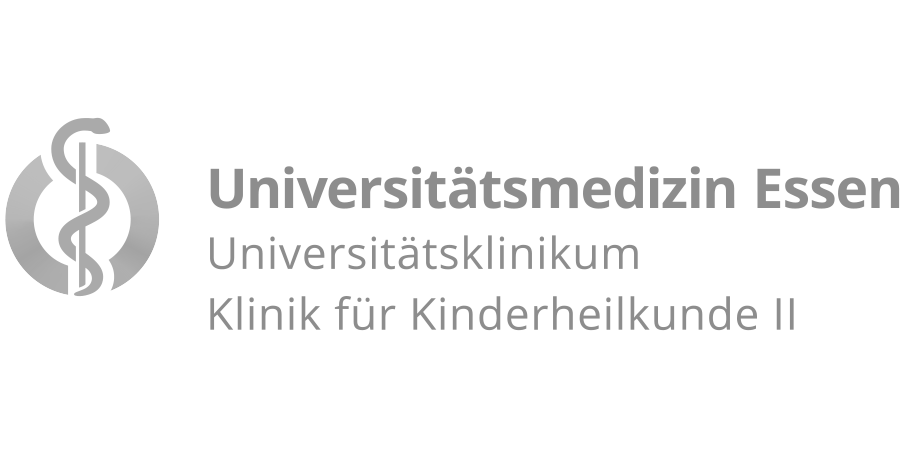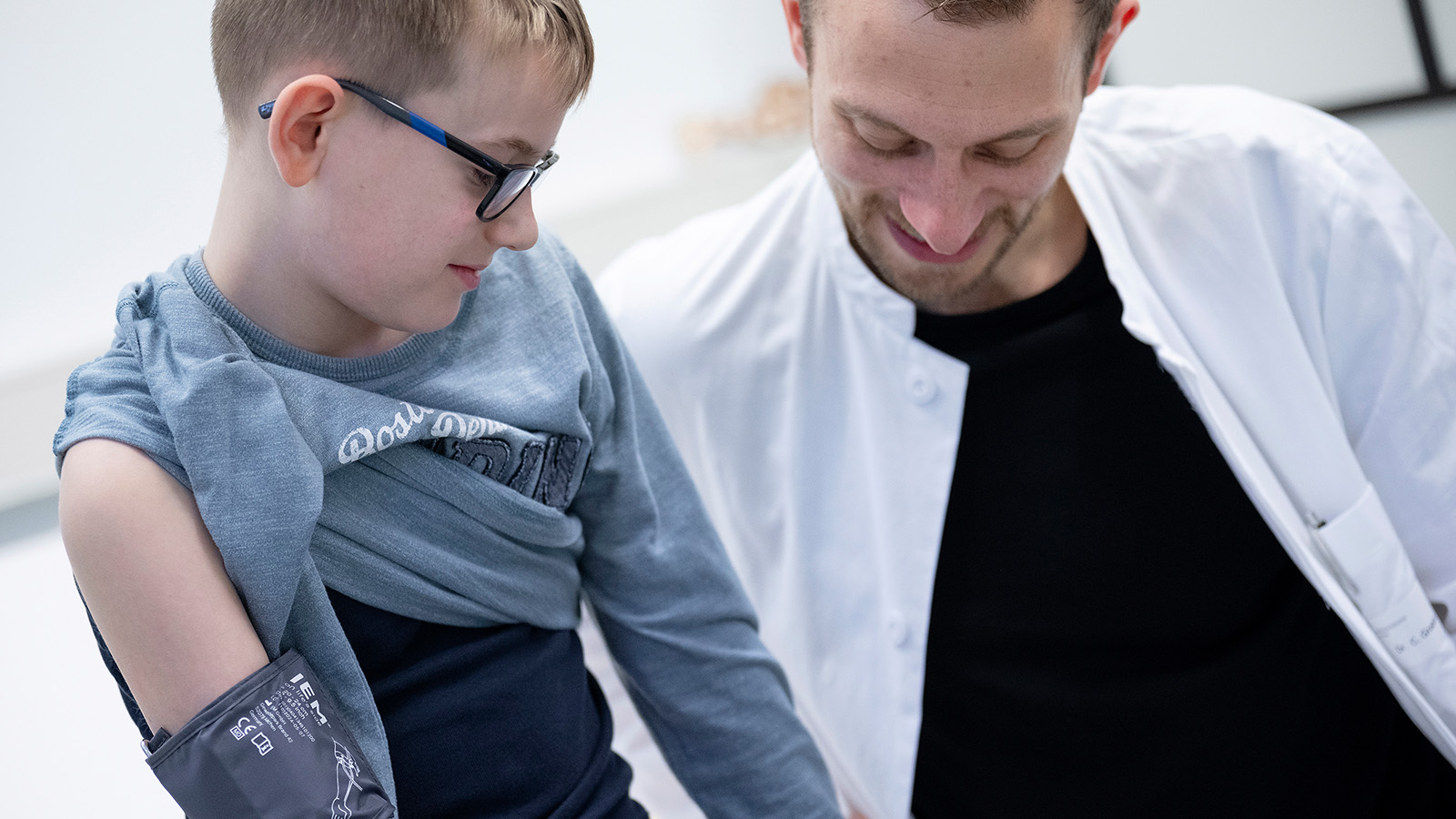Scientific background of the SOPHOCLES study
Kidney transplantation is also superior to dialysis as a kidney replacement procedure in children. Long-term survival after pediatric kidney transplantation has steadily improved. As a result, long-term complications are coming to the fore, above all cardiovascular diseases, which are the main cause of death after kidney transplantation in children. High blood pressure (arterial hypertension) is a significant cardiovascular risk factor, which is why optimal blood pressure control is the basic prerequisite for reducing the cardiovascular disease burden.
For healthy children and children with chronic kidney damage, there is a solid body of data for evidence-based recommendations. This is not the case for children and adolescents after kidney transplantation. This means that we do not know for sure which blood pressure range is really optimal to prevent long-term complications.
The aim of the SOPHOCLES study is to close precisely this gap. In this international multicenter intervention study funded by the DFG, children and adolescents after kidney transplantation in childhood are divided into two groups. The control group receives conventional blood pressure control with a target value of <90th percentile, while the intervention group receives intensified blood pressure control with a target value of <60th percentile.
The mass of the left ventricle (left ventricular mass) as the primary endpoint and other vascular (blood vessel) and renal (kidney) parameters as secondary endpoints are measured annually. With the results of the SOPHOCLES study, we will be able to create the basis for an evidence-based recommendation for blood pressure target values. This will improve long-term health and quality of life after kidney transplantation in children.

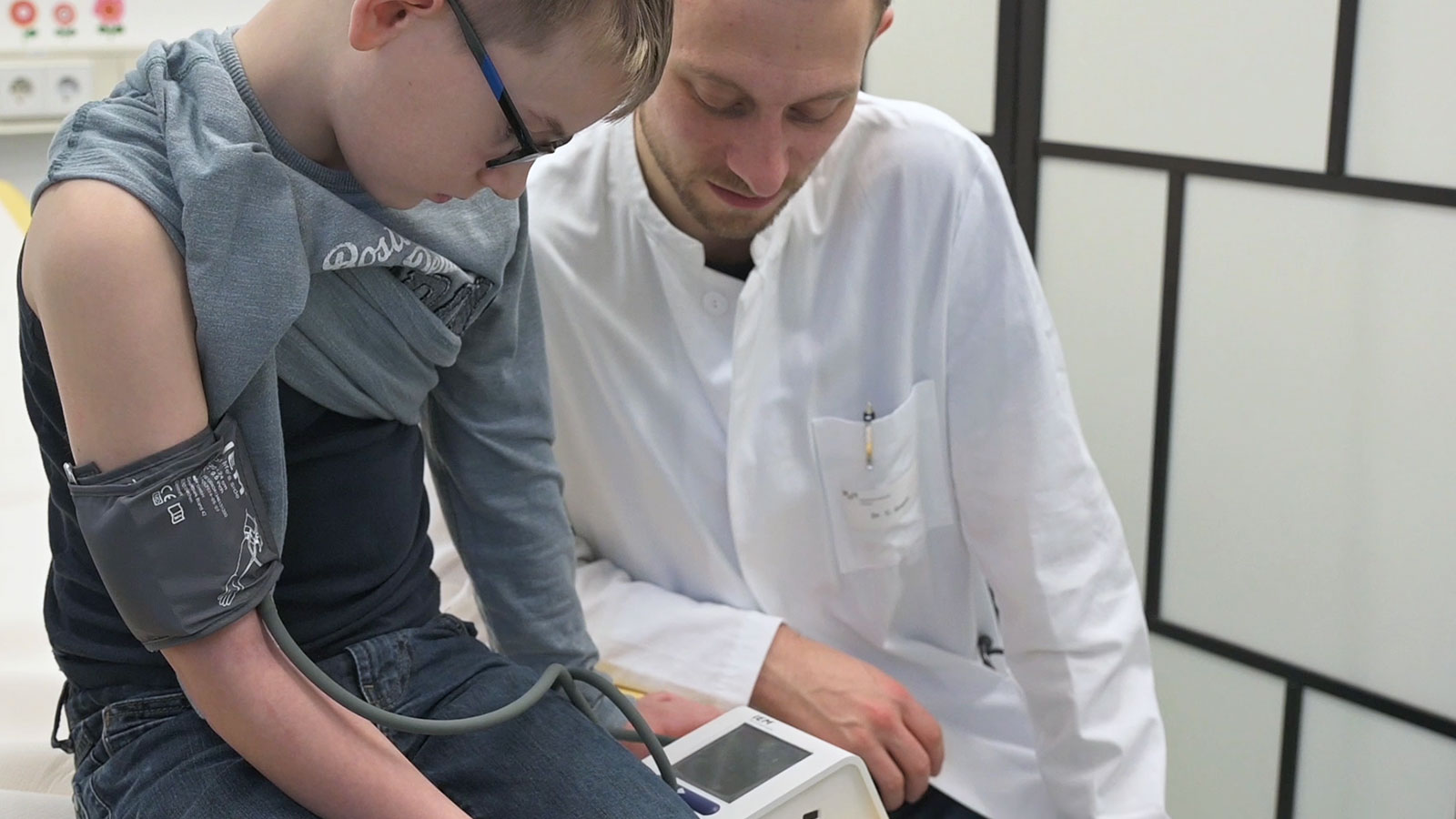

Patients with left ventricular hypertrophy (LVH) have a higher cumulative systolic blood pressure (SBP) exposure.
The proportion of patients exposed to the four different cumulative SBP categories are shown, differentiated by the presence or absence of LVH. The data presented are based on a cohort of children and adolescents after kidney transplantation (n = 96; 1.1 ± 0.4 years after study entry). Pct. denotes the percentile value.
Blood pressure exposure below the 75th percentile (pct) reduces the risk of left ventricular hypertrophy (LVH) by around 80%.
Visualization of a logistic regression model to calculate the odds ratio for the occurrence of LVH depending on different groups of cumulative systolic blood pressure exposure, using >90th percentile as reference value (Ref.). The model is based on a cohort of pediatric kidney transplant recipients and was adjusted for sex, time since study entry, LVH at study entry, age, BMI and eGFR.
Publications
The team behind the SOPHOCLES study has already conducted and analyzed a long-term observational study. SOPHOCLES as an intervention study is based on this preliminary work on cardiovascular damage in children on renal replacement therapy. Below you will find further background literature including the study protocol. We also provide links to the study-specific restricted areas for participating sites.
Network and partners
We would like to thank the German Research Foundation for funding the SOPHOCLES study. In the “ESCAPE” network, essential preliminary work and scientific foundations for the SOPHOCLES study were created. The connection with the CERTAIN registry for children after kidney transplantation enables long-term use of the research data.

